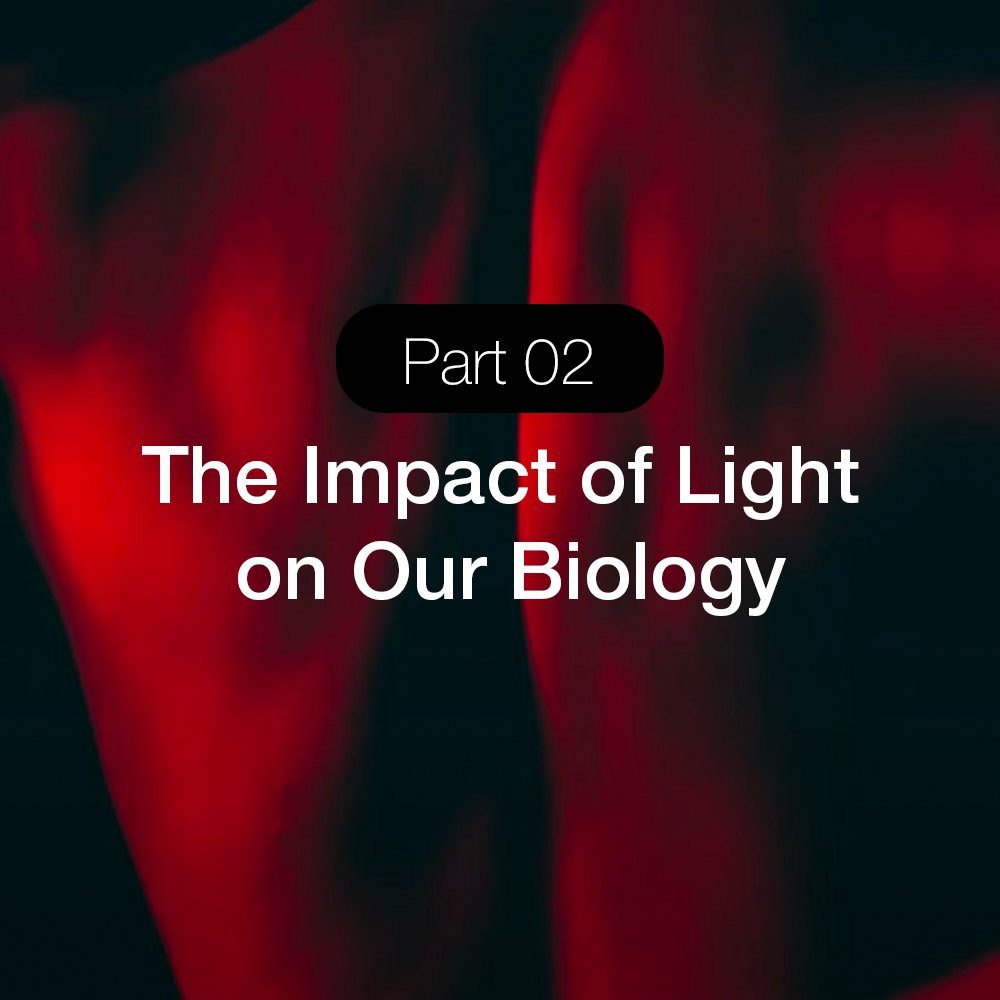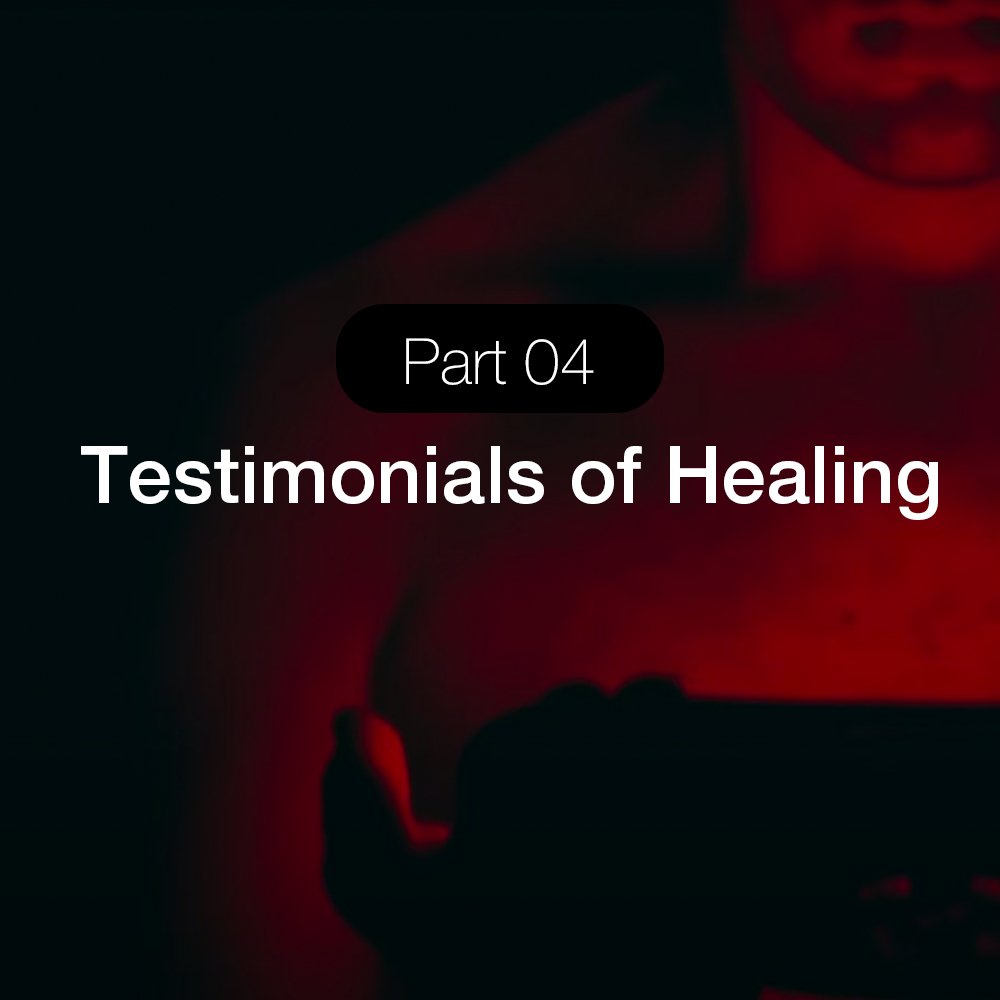Occupational Therapy for Mental Health: Enhancing Outcomes with Red Light Therapy

Introduction
Mental health care is evolving, and occupational therapy for mental health is at the forefront of this transformation. For individuals living with mental health conditions, occupational therapy offers a lifeline, focusing on everyday functioning, mental wellness, and rehabilitation. By empowering people to engage in meaningful activities, this therapy fosters independence and improves quality of life.
As interest grows in alternative treatments, innovative approaches like red light therapy are gaining attention for their potential to complement traditional mental health care. Could the integration of these therapies unlock new possibilities for mental wellness?
In this article, we’ll explore the vital role of occupational therapy in mental health treatment and how pairing it with red light therapy could enhance outcomes. Whether you’re a healthcare professional, a patient, or simply curious about holistic mental health solutions, this discussion will shed light on the power of combining these approaches.
Table of content
- 1. Introduction
- 2. What is Occupational Therapy in Mental Health?
- 3. How Occupational Therapy Benefits Mental Health
- 4. The Link Between Occupational Therapy and Red Light Therapy
- 5. The Scientific Basis: How Red Light Therapy Benefits Mental Health
- 6. Integrating Red Light Therapy into Occupational Therapy Sessions
- 7. Future of Occupational Therapy and Red Light Therapy in Mental Health
- 8. Conclusion
- 9. References
- 10. Related Readings
What is Occupational Therapy in Mental Health?
Occupational therapy for mental health is a client-centered approach that helps individuals regain or develop the skills needed for daily living, work, and leisure, especially when mental health challenges create barriers. In mental health treatment, occupational therapists work closely with patients to identify meaningful activities that promote mental wellness, independence, and a sense of purpose.
The role of an occupational therapist goes beyond traditional therapy. They assess a person’s unique needs and design personalized interventions to improve cognitive and motor skills, manage stress, and foster emotional well-being. For example, an OT might introduce mindfulness exercises, structured routines, or creative outlets like art or gardening to help patients rebuild confidence and resilience.
Key Focus Areas of OT in Mental Health:
- Stress Management: Techniques like deep breathing, journaling, or time management to reduce overwhelm.
- Cognitive Skills: Activities to improve memory, focus, and problem-solving abilities.
- Motor Skills: Exercises to enhance coordination and physical engagement in daily tasks.
- Emotional Well-Being: Encouraging social interaction, hobbies, and self-care routines.
Occupational therapy addresses a wide range of mental health conditions, including anxiety, depression, PTSD, and schizophrenia. For someone with anxiety, an OT might focus on grounding techniques and time management strategies. For those with depression, the emphasis could be on re-engaging in hobbies or social interactions. By tailoring activities to individual goals, OT empowers people to reclaim control over their lives.
How Occupational Therapy Benefits Mental Health
Occupational therapy for mental health is a powerful tool for recovery, offering practical strategies to improve daily life, reduce stress, and rebuild confidence.
Improved Daily Functioning
Improved daily functioning is essential for individuals facing mental health challenges, as even simple tasks can often feel overwhelming. Occupational therapy (OT) plays a crucial role in addressing this by structuring daily routines to reduce chaos and build predictability. It also enhances organizational skills through techniques such as task prioritization and time management.
Additionally, OT supports social interactions by encouraging participation in group activities or community events, helping to combat isolation. By mastering these skills, individuals can regain control over their lives, which is a fundamental component of mental wellness.
Stress Reduction and Coping Skills
Occupational therapists equip patients with essential tools to manage stress and emotional triggers, which can be especially transformative for individuals living with anxiety or depression. These tools include mindfulness practices, such as breathing exercises or guided meditation, to help individuals stay grounded in the present moment.
Therapists also encourage healthy outlets like painting or writing as a means of expressing emotions constructively. Additionally, they teach problem-solving strategies that involve breaking down challenges into smaller, manageable steps. These coping mechanisms empower individuals to navigate their emotional landscape more effectively, often resulting in significant improvements in daily well-being.
Restoring Independence and Confidence
Mental health conditions often take a significant toll on self-esteem, making it difficult for individuals to feel confident or capable in their daily lives. Occupational therapy addresses this by focusing on goal setting, helping patients achieve small, measurable milestones that build momentum and a sense of accomplishment.
Therapists also support skill-building, whether by relearning lost abilities or adapting skills for work, hobbies, or self-care. For those recovering from PTSD or other traumatic experiences, OT provides a gentle reintroduction to meaningful activities, fostering a sense of safety and progress.
Through these approaches, occupational therapy helps restore a person’s confidence and sense of purpose.
Evidence of Success
Research and case studies highlight OT’s impact:
In a study conducted by Shimada, et al (2016), individualized occupational therapy and adherence to outpatient treatment and medication are associated with reduced rehospitalization rates for schizophrenia patients in Japan.
In addition, a study by Speicher, et al (2014), found that veterans with PTSD and a history of TBI showed significant improvements in PTSD and depression symptoms, as well as in their self-perceived occupational performance and satisfaction, following an 8-week residential treatment program. The results also revealed a link between improved occupational outcomes and reduced depression severity, underscoring the value of interdisciplinary treatment approaches.
The Link Between Occupational Therapy and Red Light Therapy
Red light therapy (RLT) is a non-invasive treatment that uses low-wavelength red light to stimulate cellular processes, reduce inflammation, and promote healing, complementing occupational therapy for mental health. Its applications span pain management, skin health, and even mental wellness. By enhancing mitochondrial function and boosting circulation, RLT supports the body’s natural repair mechanisms—making it a promising adjunct to traditional therapies.
How Red Light Therapy Complements Occupational Therapy
Occupational therapy and red light therapy can work synergistically to improve mental health outcomes. Here’s how:
Reducing Stress and Improving Mood
- RLT stimulates endorphin release and lowers cortisol levels, easing symptoms of anxiety and depression.
- A calmer, more balanced mood enables patients to engage more fully in OT activities, from mindfulness exercises to social interactions
Healing and Recovery
- By reducing inflammation and promoting cellular repair, RLT can accelerate physical recovery, which is often intertwined with mental health.
- Improved sleep quality, a common benefit of RLT supports cognitive function and emotional resilience, key goals of occupational therapy.
Together, these therapies create a holistic approach: OT builds practical skills, while RLT optimizes the mind and body for healing.
The Scientific Basis: How Red Light Therapy Benefits Mental Health
Mechanism of Action
Red light therapy (RLT) delivers specific wavelengths of light (typically 600–850 nm) that penetrate the skin and are absorbed by mitochondria, the energy powerhouses of cells, supporting the goals of occupational therapy for mental health.
- Enhanced Blood Flow: Improved circulation delivers more oxygen and nutrients to brain tissues.
- Reduced Inflammation: RLT lowers pro-inflammatory cytokines, which are often elevated in conditions like depression and anxiety.
- Neurogenesis: Studies suggest RLT may encourage the growth of new neurons, particularly in brain regions linked to mood regulation and cognitive function.
These physiological changes create a foundation for better mental health, addressing root causes rather than just symptoms.
Scientific Research
Recent studies highlight RLT’s potential:
- A 2021 review published in Journal Of Aging Research And Healthcare found that RLT significantly reduced symptoms of depression and anxiety in participants.
- Research on PTSD patients showed improved sleep and reduced hyperarousal after RLT sessions, likely due to its calming effect on the nervous system.
- Animal studies indicate RLT may protect against neurodegenerative processes, suggesting long-term benefits for brain health.
Connection with Occupational Therapy
The physiological benefits of Red Light Therapy (RLT) including improved sleep, stabilized mood, and reduced stress align seamlessly with the goals of occupational therapy. For instance, a patient who experiences better sleep as a result of RLT may have more energy and focus, allowing them to participate more actively in their OT routines.
Additionally, reduced inflammation can enhance cognitive function, making it easier for individuals to absorb new skills and strategies introduced during therapy. By integrating RLT into their practice, occupational therapists can further support their clients’ progress and accelerate their journey toward mental wellness.
Integrating Red Light Therapy into Occupational Therapy Sessions
Practical Integration
Red light therapy (RLT) can seamlessly complement occupational therapy (OT) by preparing the body and mind for therapeutic activities. For example:
- Pre-Session: A 10-minute RLT session can relax muscles, reduce pain, and calm the nervous system, helping patients enter OT with greater focus and less physical tension.
- Post-Session: RLT may aid recovery by reducing inflammation after physically demanding activities, such as motor skills training.
Patient-Centered Approach
A patient-centered approach is essential when incorporating Red Light Therapy (RLT) into mental health care, as every individual’s needs and responses are unique. Occupational therapists should work closely with mental health professionals to tailor the use of RLT to each patient’s specific condition and therapeutic goals. For example, in cases of anxiety, RLT might be most effective when used before mindfulness exercises to promote a calm, focused state.
For individuals with depression, it may be more beneficial when applied after activity-based therapy to help elevate mood. Additionally, careful consideration must be given to dosage and timing, with session length and frequency adjusted based on the patient’s progress and sensitivity. This collaborative, individualized approach ensures that RLT is both safe and effective as a complementary tool in mental health treatment.
Example Applications
Example applications of Red Light Therapy (RLT) in occupational therapy highlight its versatility in supporting diverse patient needs. For instance, a patient with PTSD may use RLT before engaging in art therapy to help reduce hypervigilance and create a calmer, more receptive mental state.
In another case, a stroke survivor might incorporate RLT after completing fine motor exercises to alleviate muscle stiffness and support neuromuscular recovery. These examples demonstrate how strategically timed RLT sessions can enhance the effectiveness of therapeutic interventions and contribute to overall treatment outcomes.
Future of Occupational Therapy and Red Light Therapy in Mental Health
Growing Interest
The integration of traditional therapies like occupational therapy for mental health with innovative treatments such as red light therapy (RLT) is gaining traction in mental health care. Researchers are increasingly exploring how RLT’s physiological benefits, like reduced inflammation and enhanced neurogenesis, can amplify OT’s focus on functional recovery. Clinical trials are underway to validate this synergy, particularly for conditions like PTSD, depression, and anxiety.
Potential for Broader Use
As evidence mounts, RLT could become a staple in rehabilitation centers, therapy clinics, and outpatient programs. Its non-invasive nature and minimal side effects make it an attractive adjunct to OT, especially for patients who struggle with medication tolerance or need complementary support for stress and sleep issues.
Holistic Approach
The future of mental health care lies in integrated treatment models. Combining OT’s skill-building with RLT’s biological benefits fosters a holistic approach, addressing mind, body, and daily function simultaneously.
Conclusion
Occupational therapy (OT) plays a vital role in mental health treatment by helping individuals regain daily functioning, manage stress, and rebuild confidence. When combined with red light therapy (RLT)—a scientifically backed tool for reducing inflammation, improving mood, and enhancing cellular repair—the benefits of OT can be significantly amplified. This therapy integration offers a holistic approach, addressing both the psychological and physiological aspects of mental wellness.
If you or a loved one are exploring mental health treatments, consider discussing the potential of red light therapy with your occupational therapist or healthcare provider. Together, these therapies could unlock new pathways to recovery and well-being.
Learn more about the benefits of Red Light Therapy through our Red Light Therapy Foundations Course. Enroll now!
References
Begent J. Unlocking your Cognitive Potential: Red Light therapy for Brain health. Occupational Therapy Brisbane. 2025 Jan 10; https://occupationaltherapybrisbane.com.au
Johnstone DM, Moro C, Stone J, Benabid AL, Mitrofanis J. Turning on lights to stop neurodegeneration: The potential of near infrared light therapy in Alzheimer’s and Parkinson’s disease. Frontiers in Neuroscience. 2016 Jan 11;9. https://doi.org/10.3389/fnins.2015.00500
Krupa T, Fossey E, Anthony WA, Brown C, Pitts DB. Doing daily life: How occupational therapy can inform psychiatric rehabilitation practice. Psychiatric Rehabilitation Journal. 2009 Jan 1;32(3):155–61. https://doi.org/10.2975/32.3.2009.155.161
Marks R. Photobiomodulation, depression, anxiety, and cognition. Journal of Aging Research and Healthcare. 2021 Aug 23;4(1):30–42. https://doi.org/10.14302/issn.2474-7785.jarh-21-3935
MedCrave Publishing. - MedCrave online. 2001. https://medcraveonline.com/JPCPY/JPCPY-09-00582
Millot F, Endomba FT, Forestier N. Light Therapy in Post-Traumatic Stress Disorder: A Systematic Review of Interventional Studies. Journal of Clinical Medicine. 2024 Jul 4;13(13):3926. https://doi.org/10.3390/jcm13133926
Sharma S. A study of occupational therapy in mental health management. International Journal of Physiology Exercise and Physical Education. 2023 Jan 1;5(1):08–13. https://www.physicaleducationjournals.com/archives/2023.v5.i1.A.56/a-study-of-occupational-therapy-in-mental-health-management
Shimada T, Nishi A, Yoshida T, Tanaka S, Kobayashi M. Factors Influencing Rehospitalisation of Patients with Schizophrenia in Japan: A 1-year Longitudinal Study. Hong Kong Journal of Occupational Therapy. 2016 Dec 1;28(1):7–14. https://doi.org/10.1016/j.hkjot.2016.10.002
Speicher SM, Walter KH, Chard KM. Interdisciplinary residential treatment of posttraumatic stress disorder and traumatic brain injury: effects on symptom severity and occupational performance and satisfaction. American Journal of Occupational Therapy. 2014 Jul 1;68(4):412. https://doi.org/10.5014/ajot.2014.011304
Related Readings
- A Meta-analysis: Red Light Therapy for Depression Treatment
- Red Light Therapy for Depression: A Mental Wellness Breakthrough
- Red Light Therapy for Sleep: A Winter Wellness Guide
- A Brighter Christmas: Unveiling the Benefits of Red Light Therapy for Depression and Anxiety Management this Holiday
- Red Light Therapy Devices in Saunas: A Natural Boost for Mental Health and Stress Reduction
- Exploring the Mental Health Benefits of Red Light Therapy
- Harnessing Red Light Therapy to Combat Winter Blues and Seasonal Depression
- Brightening Your Mental Health: Setting New Year’s Goals with Red Light Therapy for Depression
- Holistic Healing: Combining Salt Chambers and Red Light Therapy for Brain Injury
- How Portable Red Light Therapy Can Improve Sleep & Help You Rest Better


























